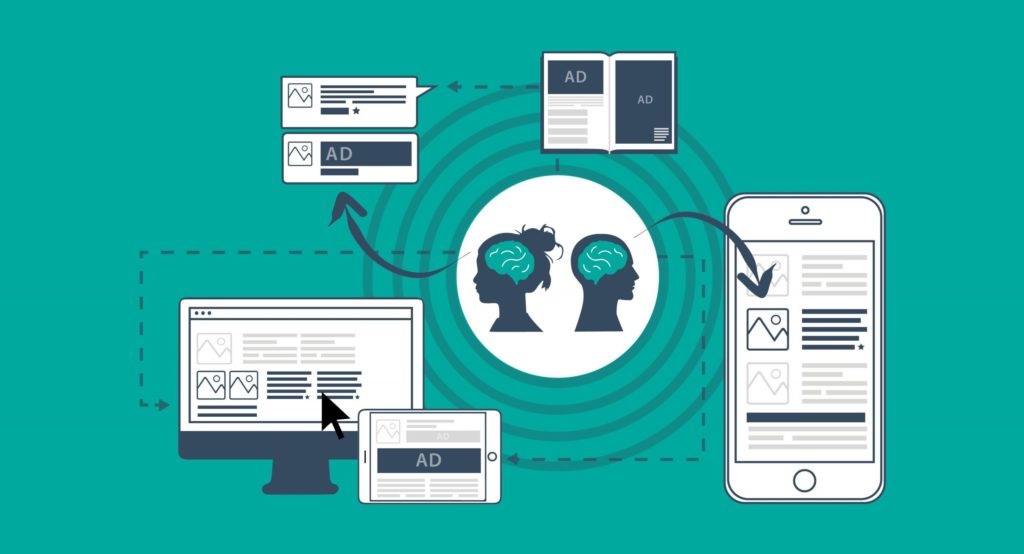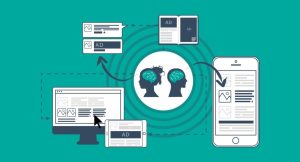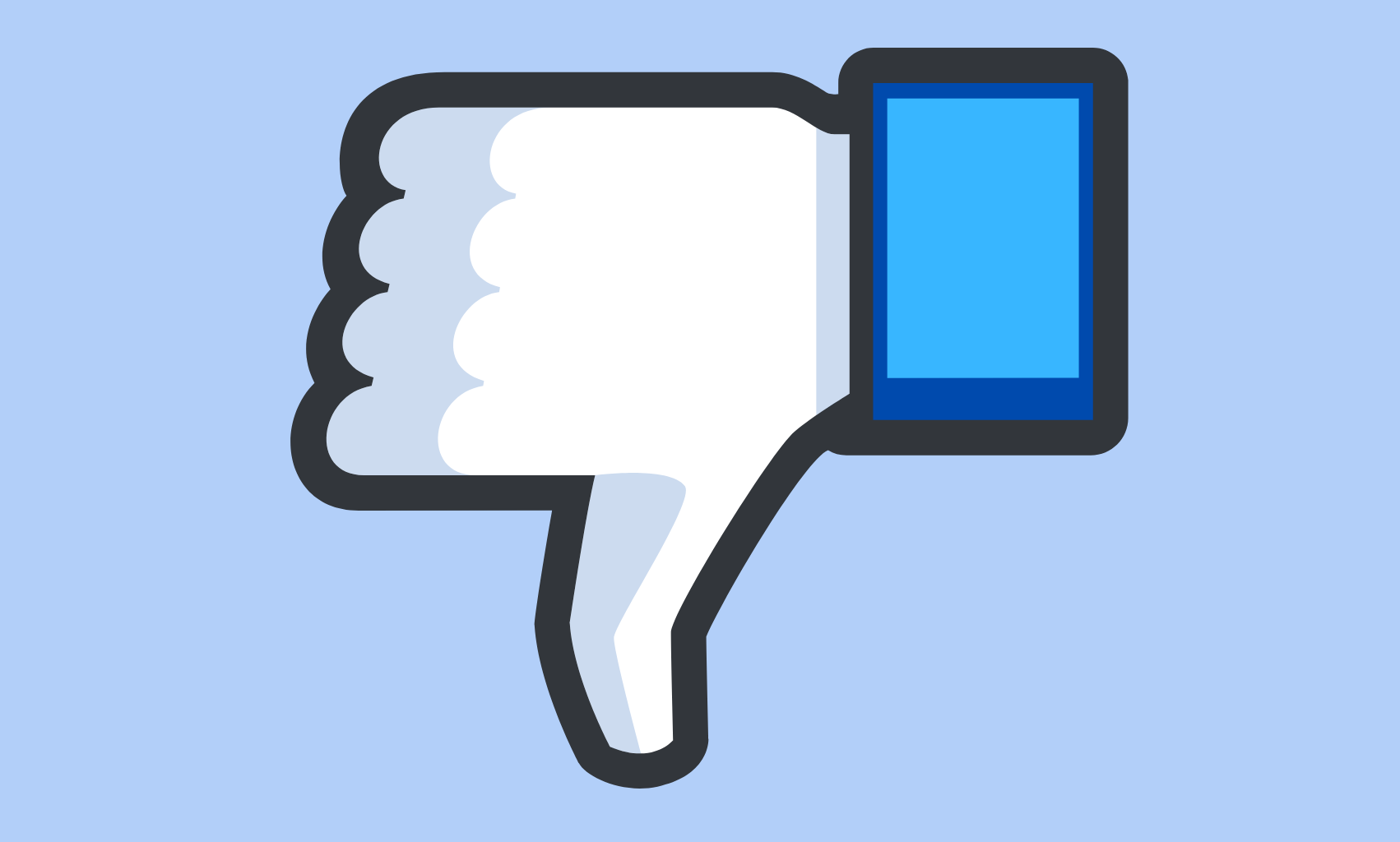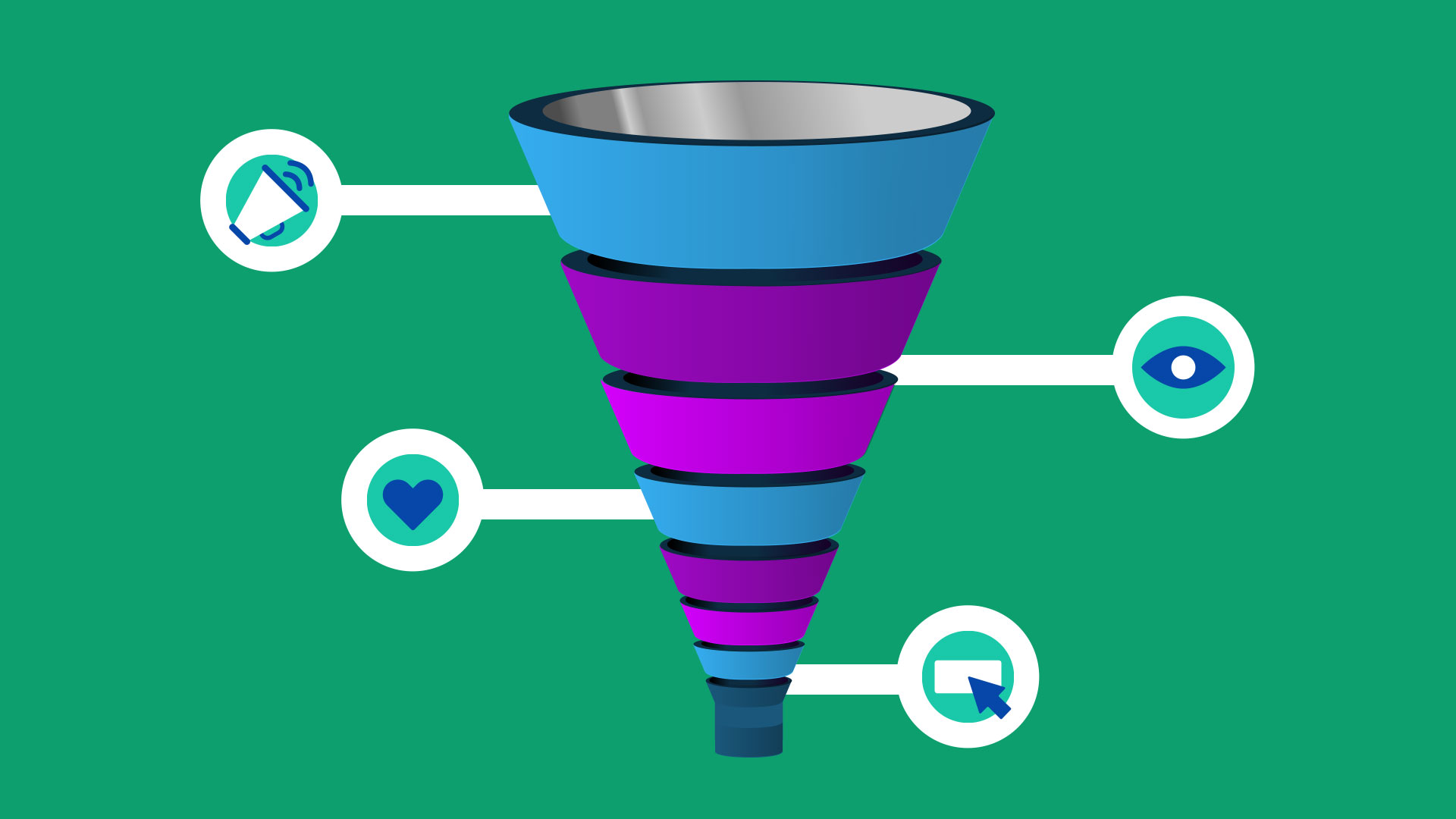Written By Jack Woods | 10/3/24
In the world of digital marketing, A/B testing is essential for optimizing campaigns, but when it comes to native advertising on platforms like Taboola and Outbrain, the approach requires a more nuanced strategy. Native advertising is unique because of the way users engage with the content, and optimizing your campaigns to improve performance requires careful planning and ongoing testing. This guide will walk you through the best practices for A/B testing native ads, from creative combinations to landing pages, helping you get the most out of your ad spend.
Understanding Native A/B Testing
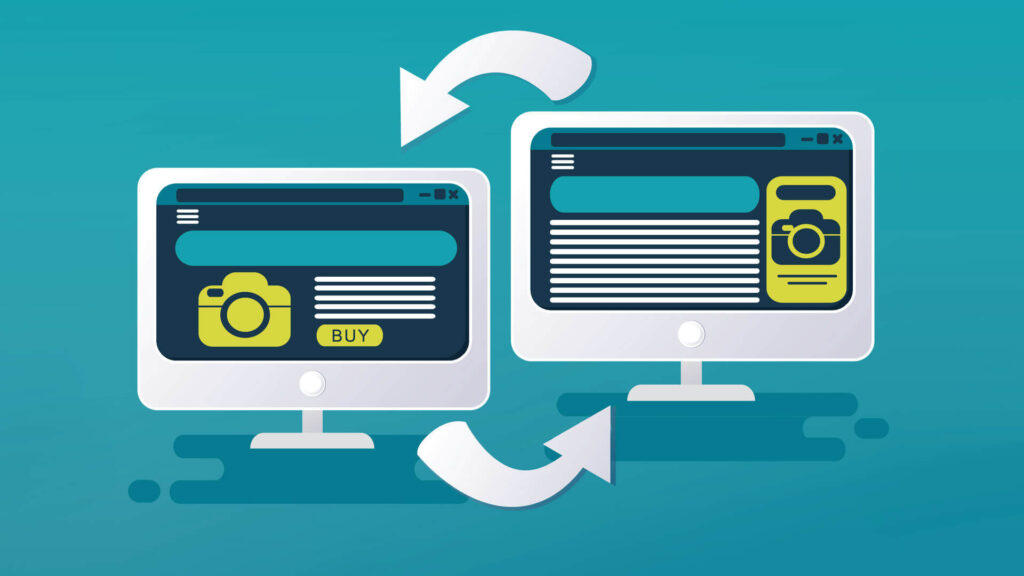
A/B testing for native ads differs from traditional digital marketing platforms like Google or Facebook. While the concept of testing and comparing performance remains the same, native advertising involves additional touchpoints that affect user engagement. Instead of a straightforward A/B test where you compare two versions of an ad, native advertising often requires a multivariate approach, testing combinations of different headlines, images, and even landing page content.
When you run ads on Taboola or Outbrain, you aren’t just testing a single element, like an ad copy or image. Instead, you are testing multiple elements—headline and image combinations. These elements must work together to attract the right audience and drive conversions, making native ad testing more intricate.
Creative Combinations: The First Step
One of the most important parts of native advertising is creating effective ad combinations. A typical native ad includes both a headline and an image, which means testing multiple variations is crucial for identifying the highest-performing combinations. The recommended approach is to start with three different headlines and three different images. This creates nine distinct ad combinations, providing enough diversity to gather meaningful data without overwhelming the campaign at its inception.
But it’s not just about having a variety of images. Each image you choose should be visually distinct. For example, you might use one headshot, one product image, and one illustration. These different styles appeal to different user preferences and can provide insight into what resonates with your audience. The goal is to use this initial data to make informed, data-driven decisions about which creative elements are most effective. Once you identify a winning combination, you can focus more heavily on that style in future iterations.
Testing Advertorials: Don’t Overlook This Step

Many advertisers make the mistake of only testing their ads and neglecting the importance of testing their advertorials. An advertorial is the bridge between the ad and the final landing page or offer, and it’s critical to your campaign’s success. Small adjustments to an advertorial, such as changing the headline or the introduction, can dramatically impact the conversion rate.
Advertorials should be tested with the same diligence as ads. Try different approaches, such as varying the length or the tone of the content. Some audiences respond better to longer, more detailed advertorials, while others prefer shorter, to-the-point content. You might also test different levels of aggressiveness in your writing, depending on the audience and product.
There is no universal formula for a perfect advertorial, which is why testing is so important. Whether it’s changing the tone, the headline, or even the formatting of the content, continuous experimentation will help you find the best-performing advertorial for your campaign.
Optimizing the Offer Page
The final component of A/B testing for native ads is the offer page—the place where your audience takes action, whether it’s making a purchase or filling out a form. Just like with ads and advertorials, the offer page should be rigorously tested to find the best layout and messaging that converts.
Different styles of offer pages can work better for different audiences. For example, you might test a professional-looking offer page with a clean design against a more informal, DIY-style page. Again, the key is to make data-driven decisions based on performance. If one page converts significantly better than the other, that’s your indicator to iterate further.
Using Tracking Tools for Better Results

While Taboola and Outbrain offer some basic A/B testing features, their tools for testing landing pages and advertorials are limited. That’s why using external tracking tools, like Volume, can help you get a more detailed view of your campaign’s performance. These tools provide a comprehensive analysis of each element of your campaign, from the ads to the offer pages. They also offer fraud protection and allow you to track conversions more effectively.
Never Stop Testing
Perhaps the most important lesson in native advertising is that testing should never stop. Even if you find a combination that works today, it might not work in a few weeks as audience preferences change or market conditions shift. That’s why you should always have backup strategies and new tests in place to ensure your campaign remains optimized.
Testing different creative combinations, advertorials, and offer pages is key to maintaining a profitable campaign. With native advertising, the journey to success is all about continuous improvement. By analyzing your data, refining your approach, and constantly testing, you’ll maximize the effectiveness of your campaigns and ensure long-term success.
In conclusion, A/B testing for native advertising on platforms like Taboola and Outbrain requires a systematic, data-driven approach. By carefully testing your ads, advertorials, and offer pages, and using the right tracking tools, you can optimize your campaigns for better performance and greater profitability.

